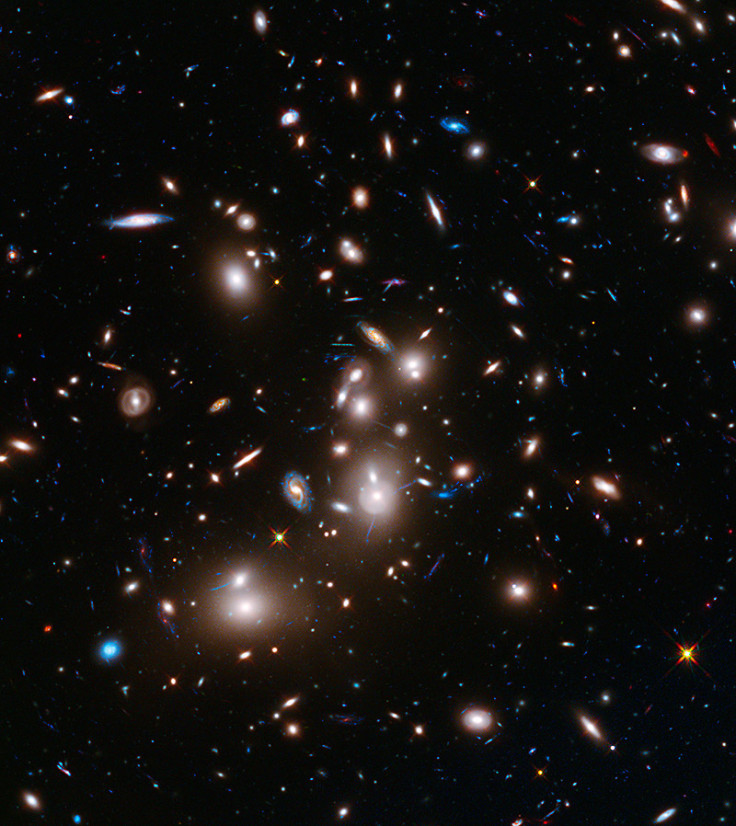Space mystery traced to university kitchen ovens

The puzzle of the mysterious radio wave bursts from a source 5.5 billion light years away has been cracked. It has been traced to the microwave ovens in Swinburne University's kitchen.
Detected earlier this year by two of the world's largest telescopes and reported by Emily Petroff of the university, the signal is caused probably by the discharge of energy in the ovens when opened prematurely before switching off.
Petroff made the first observation of a fast radio burst (FRB) in real time.
The fast radio bursts last just a few milliseconds, and just seven of these bright flashes have been discovered so far, and only after the actual event.
The FRB 010724 coming from a source near the constellation Aquarius were seen to be circularly polarised, writes IFLScience.
Along with the FRBs, Petroff also detected a different kind of signal called peryton. This has been puzzling astronomers since being first detected in 1998.
Perytons last about half a second and the various frequencies arrive separately, usually the result of interference when passing through interstellar dust.
But perytons have been suspected to be of terrestrial origin as they are detected by many radio telescopes at a time, indicating a spread in the sky rather than coming from a distant source.
By ruling out various sources, and noting the time of appearance, Petroff realised the signals were occurring at daytime and during business hours.
A radio frequency interference monitor picked up signals coinciding with some perytons, further pointing to a local source.
Finally, the signals were traced to the microwave ovens in the observatory tea room. This was further corroborated by tests.
The paper tracing the worldly origins of the perytons and establishing the identity of the FRB is to be published in Monthly Notices of the Royal Astronomical Society.
© Copyright IBTimes 2025. All rights reserved.





















